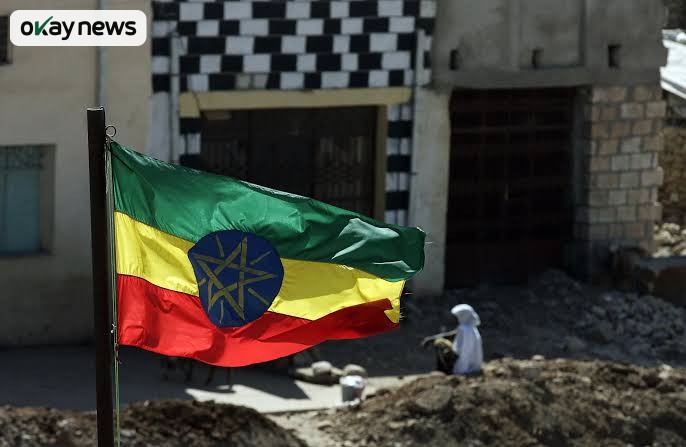Ethiopia has reported its first confirmed outbreak of Marburg virus disease after laboratory tests identified the cause behind a cluster of suspected hemorrhagic fever cases earlier this week.
According to the World Health Organization (WHO), the strain detected matches those seen in previous outbreaks across East Africa. So far, nine cases have been identified in Ethiopia’s southern region near the border with South Sudan, including infections among healthcare workers. Both the WHO and the Africa Centres for Disease Control and Prevention commended Ethiopia for acting quickly to detect the virus and begin emergency containment measures.
Marburg virus, which belongs to the same family as Ebola, is typically linked to fruit bats and can spread to humans through exposure to contaminated environments such as caves. Once transmitted, the disease spreads between people through direct contact with bodily fluids or contaminated surfaces.
Patients often begin with high fever, severe headaches, and muscle pain. Within a week, many develop internal or external bleeding. There is currently no approved cure, though experimental treatments have been used in past outbreaks under emergency conditions.
During Rwanda’s first Marburg outbreak last year, antiviral drugs such as remdesivir—provided by Gilead Sciences—were administered under compassionate-use protocols. Similar options may be considered if Ethiopia’s caseload grows.
Authorities in Ethiopia and neighboring South Sudan are coordinating efforts to prevent cross-border spread, but both countries face significant challenges due to strained healthcare systems. South Sudan’s infrastructure, in particular, has been weakened by years of conflict.
To support the response, WHO has released $300,000 from its emergency fund, deployed a response team, and supplied medical materials including protective equipment and an isolation tent. Officials emphasize that early supportive care, especially hydration through oral or intravenous fluids, can significantly improve survival rates.












